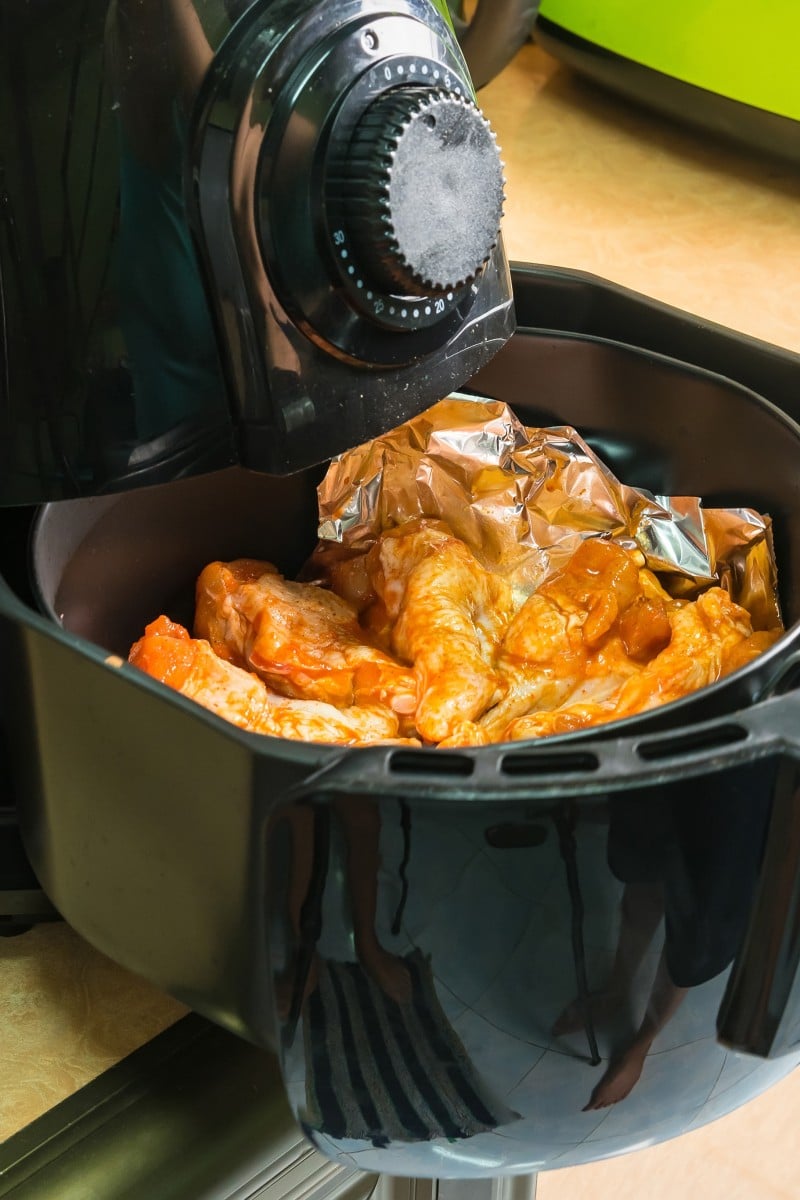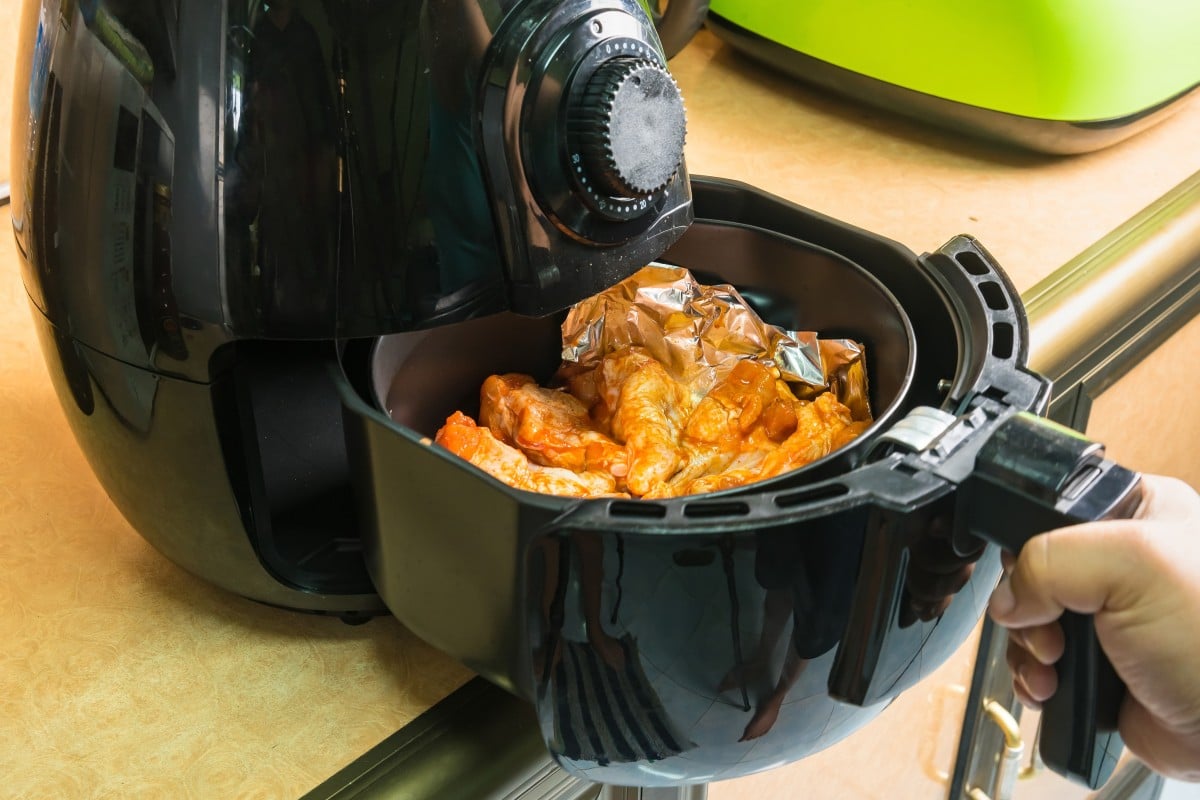
Let them cook: how chemical reactions create delicious food
The Hong Kong Science Museum teaches us about sous vide and air frying, two cooking methods that are a blend of art and science
 Learn the science behind air frying and other cooking methods. Photo: Shutterstock
Learn the science behind air frying and other cooking methods. Photo: ShutterstockCooking is an intricate blend of art and science, where various chemical reactions work together to create flavours, textures, and aromas that tantalise our senses. By understanding how these reactions work, we can improve our culinary skills and enhance the dishes we prepare.
Here are two popular cooking methods – sous vide and air frying – and how their chemical reactions help create delicious food.
Scientists crack the code for boiling the perfect egg
Sous vide: the science of precision cooking
Sous vide, a French term meaning “under vacuum”, involves cooking food in a vacuum-sealed bag immersed in a water bath at temperatures ranging between 50 and 80 degrees Celsius. This method is known for producing exceptionally tender and flavourful meat. The secret lies in protein chemistry.
When meat is cooked sous vide, it is held at a low temperature for an extended period. This gentle cooking process allows collagen – a structural protein in the connective tissues of bones and meat – to break down gradually into gelatin. The gelatin makes the meat more succulent, resulting in a softer and more tender texture (see graphic).
Unlike traditional high-temperature cooking methods that can lead to protein coagulation and moisture loss, sous vide controls the protein’s breakdown. The controlled environment preserves the natural flavours and moisture.
Air frying: the power of heat and reactions
Air frying has gained popularity for providing a healthier alternative to traditional deep frying. By circulating hot air around the food, air fryers create a crispy exterior without the need for excessive oil.
Frying relies heavily on two key chemical reactions: the Maillard reaction and caramelisation.
The Maillard reaction occurs when reducing sugars (carbohydrates) react with amino acids (proteins) under heat. This complex process creates many different molecules, some of which are large ring structures that reflect light, giving food a “golden brown” appearance. Other molecules create the different flavours and aromas we enjoy.
In air frying, the high temperature triggers the Maillard reaction, while the rapid circulation of hot air removes moisture from the surface of the food. It gives food a crispy, golden crust that enhances both taste and aroma. This is why air-fried chicken nuggets taste similar to those cooked in oil, offering a satisfying crunch with significantly less fat!
‘Secret’ ingredient in McDonald’s world-famous French fries goes viral
When sugars are heated, they undergo caramelisation, a reaction that turns them into the brown substance we know as caramel. In air frying, natural sugars found in vegetables and fruits also caramelise, creating brown-coloured polymers and flavourful molecules.
Cooking is like a scientific experiment, where the right combination of techniques and reactions is key to culinary success. So, dive into the science of cooking and experiment with different cooking methods to unlock a world of culinary possibilities!
Young Post has partnered with Hong Kong Science Museum and Hong Kong Space Museum to encourage your pursuit of science. Every month, the museums answer questions about the world around us, the cosmos and beyond.
